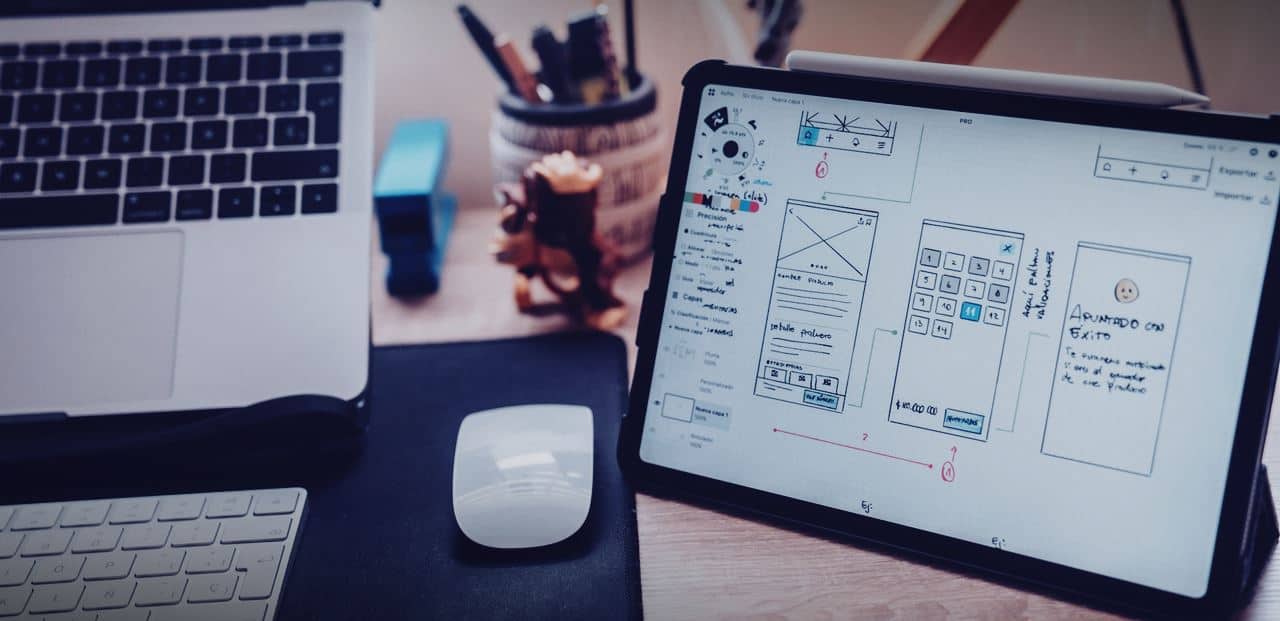In the ever-evolving landscape of product design, new technologies continue to emerge, revolutionizing how products are conceptualized, developed, and manufactured. These innovations reshape the entire industry, push boundaries, and open up exciting possibilities.
This article delves into some of the most groundbreaking technologies that are set to transform the world of product design, providing product design companies UK with new tools and strategies to stay ahead of the curve.
1. Artificial Intelligence (AI) And Machine Learning
Artificial Intelligence and Machine Learning have significantly impacted various industries, and product design is no exception. AI-powered design tools can do the following:
- Analyze vast amounts of data
- Identify patterns
- Offer invaluable insights to designers
These tools assist in generating design variations, predicting user preferences, and streamlining the entire design process. Product design companies are increasingly adopting AI to create innovative products that cater precisely to the needs of their target audience.
2. Virtual Reality (VR) And Augmented Reality (AR)
VR and AR technologies have transcended the realm of gaming and entertainment, finding extensive application in product design. They enable designers to visualize and present their ideas in immersive 3D environments, making it easier to spot design flaws and make real-time changes.
Clients can experience products virtually, providing valuable feedback before creating the physical prototype. This leads to more efficient communication and faster design iterations, saving both time and resources for product design companies.
3. 3D Printing and Rapid Prototyping
3D printing has transformed traditional manufacturing, enabling rapid prototyping and significantly reducing time-to-market. Product designers can now swiftly turn digital designs into physical prototypes, allowing them to test and validate their concepts faster.
For every product design company, 3D printing has become an indispensable tool to validate designs, improve collaboration, and deliver better products to their clients.
4. Internet of Things (IoT) Integration
The Internet of Things has opened up a whole new world of opportunities in product design. With IoT integration, everyday products can now be interconnected, gathering and exchanging data to enhance functionality and user experience.
Innovative products are becoming increasingly prevalent, from home appliances to wearable devices, and every product design company is at the forefront of incorporating IoT capabilities into their innovative designs.
5. Biodegradable Materials and Sustainability
As environmental concerns grow, so does the demand for sustainable and eco-friendly products. Product design companies are embracing biodegradable materials and sustainable manufacturing practices.
These innovative materials reduce the carbon footprint and open up new avenues for creative and environmentally responsible designs, appealing to eco-conscious consumers.
6. Nanotechnology Advancements
Nanotechnology has unlocked immense potential in product design, especially in the field of materials science. Nanomaterials possess unique properties, such as:
- Increased strength
- Flexibility
- Conductivity
They enable the creation of once unimaginable products, from super-strong lightweight materials to advanced electronics. As every product design company harnesses nanotechnology, they can create cutting-edge products that cater to diverse market demands.
7. Robotics and Automation
Automation and robotics have revolutionized manufacturing, providing unparalleled precision, efficiency, and productivity. In product design, robotics play a crucial role in complex assembly processes, reducing human error and increasing consistency.
Additionally, collaborative robots, or cobots, work alongside human designers, enhancing creativity and speeding up production in product design companies.
8. Biomimicry in Design
Biomimicry draws inspiration from nature to solve design challenges and create innovative products. Designers can develop sustainable and efficient solutions by imitating biological processes and structures.
From Velcro inspired by burrs to energy-efficient buildings modeled after termite mounds, biomimicry fosters creative thinking and promotes sustainable practices among any product design company.
9. Blockchain for Intellectual Property Protection
Blockchain technology transforms how intellectual property is handled in the product design industry. By providing an immutable and transparent design ownership record, blockchain protects against plagiarism and counterfeiting.
Product design companies can secure their innovative ideas and designs, fostering a culture of trust and collaboration.
10. Energy Harvesting and Wireless Charging
Energy harvesting technologies allow products to generate power from their surroundings, reducing reliance on conventional batteries. Coupled with wireless charging, this advancement eliminates the need for tangled cords and improves user convenience.
As product designers integrate energy harvesting and wireless charging capabilities, consumers can expect more sustainable and user-friendly products.
11. Human-Centered Design Approach
The human-centered design approach puts the end-user at the heart of the design process. It involves empathizing with the target audience, understanding their needs, and incorporating their feedback throughout the design journey.
Product design companies are increasingly adopting this approach, resulting in more intuitive, user-friendly products, and aligned with customer expectations.
12. Big Data Analytics in Design
Big data analytics has become a game-changer in various industries, including product design. By analyzing vast amounts of user data, designers can gain valuable insights into consumer preferences, behavior, and trends.
This data-driven approach helps create products that resonate with the target market, increasing the likelihood of commercial success for product design companies.
FAQs
AI-powered design tools analyze data, offer valuable insights, and generate design variations, streamlining the design process and leading to more innovative products.
Virtual reality enables designers to visualize and present ideas in immersive 3D environments, facilitating faster design iterations and efficient communication with clients.
Biodegradable materials promote sustainability and appeal to environmentally conscious consumers, fostering responsible and eco-friendly product design.
Nanotechnology provides unique material properties, leading to the creation of advanced products like lightweight materials and sophisticated electronics.
Blockchain ensures an immutable record of design ownership, safeguarding against plagiarism and counterfeiting and promoting trust and collaboration in the industry.
Conclusion
The future of product design is auspicious, thanks to the rapid evolution of new technologies. From AI-driven design tools to sustainable materials and blockchain-based protection, these advancements offer unprecedented opportunities for product design companies to innovate and cater to the changing needs of consumers.


